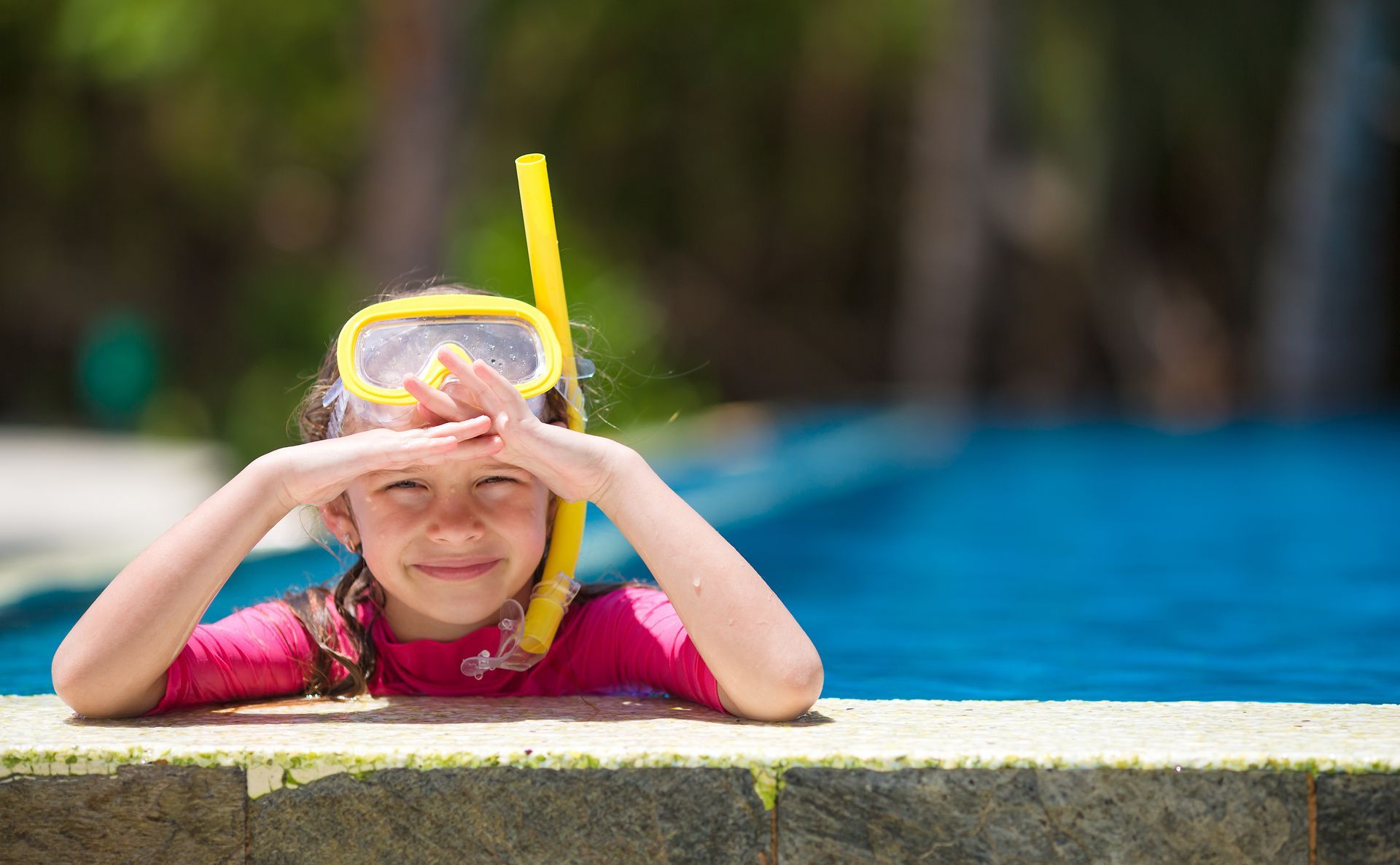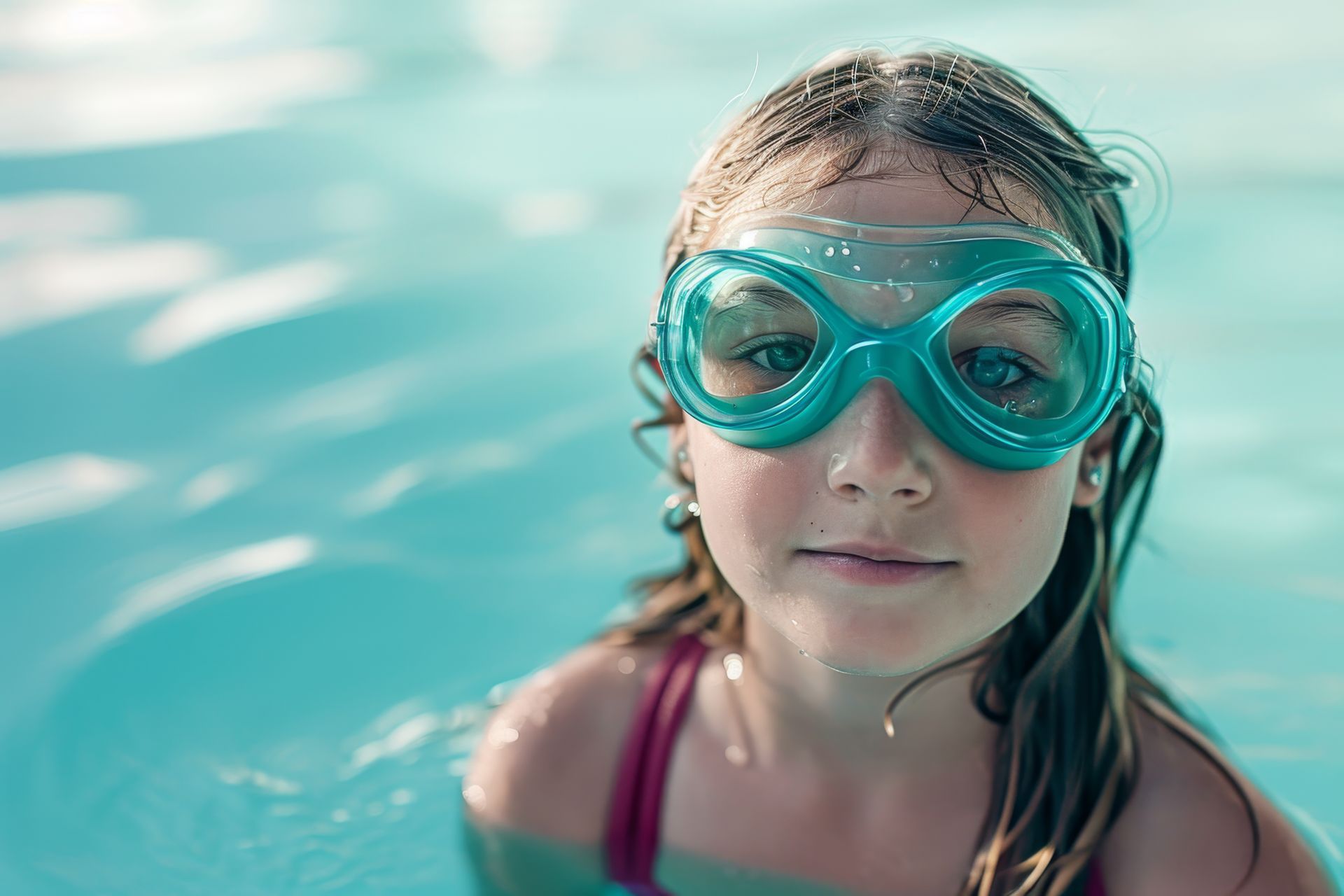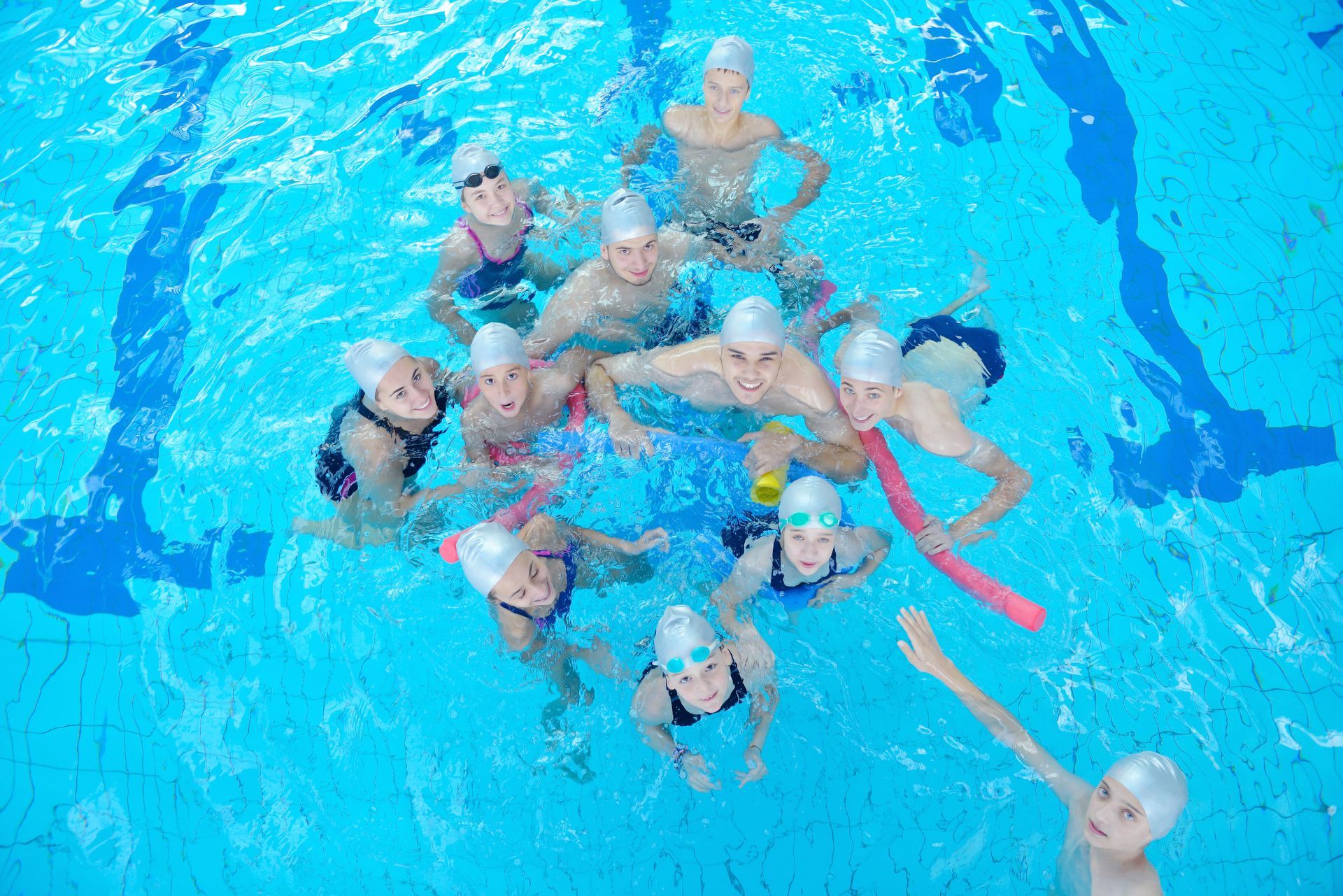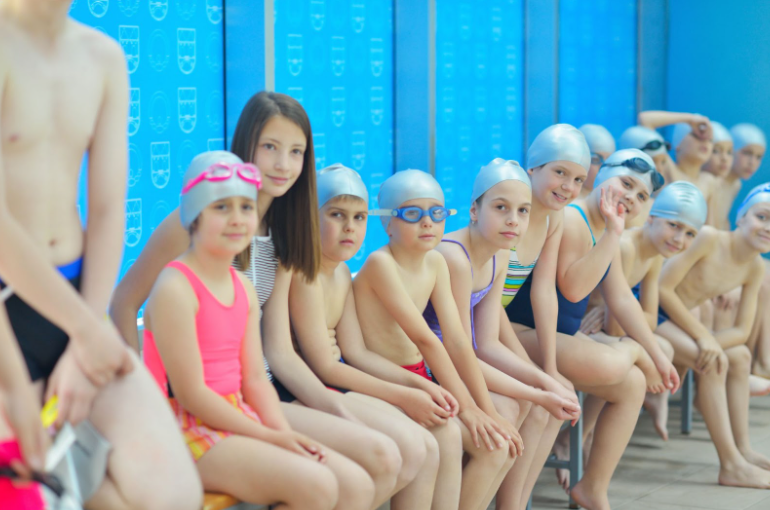How Do I Choose Sunscreen for My Baby?
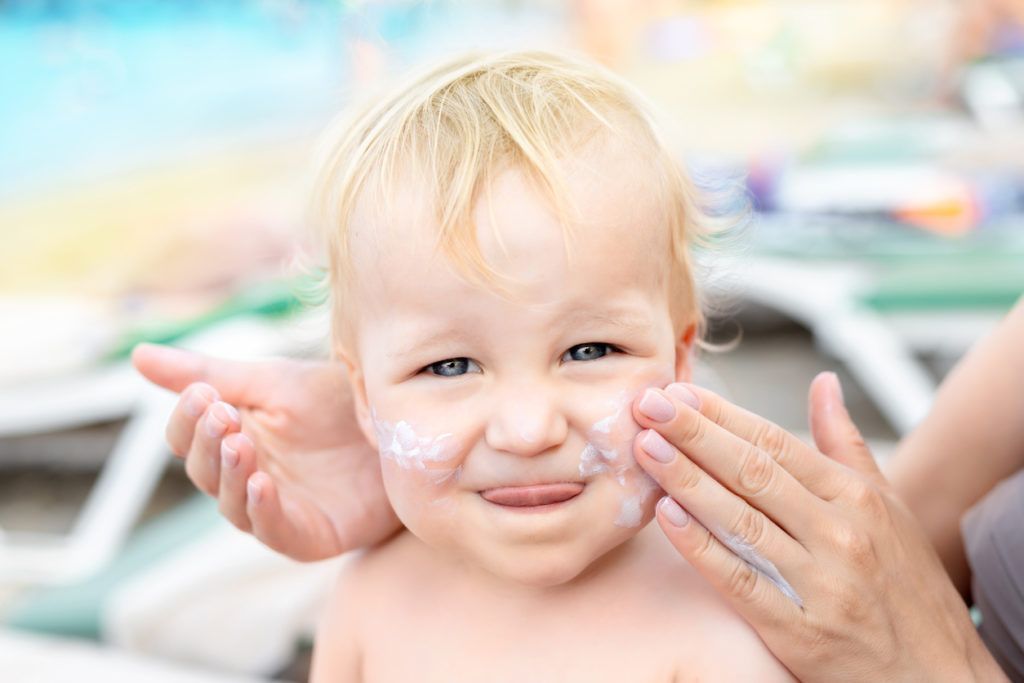
Unless you spend all your time swimming at places with indoor pools, swimming and being out in the sun tend to go hand in hand. While a small amount of sun exposure is healthy, too much leads to painful sunburns. You may have heard some noise about how some sunscreens are better for babies than others. So how do you go about choosing one?
Ingredients to Look For
Sunscreens are formulated with both active and inactive ingredients. The inactive ingredients help keep everything together and in good condition, while the active ingredients are what offer protection from the sun. Mineral sunscreens contain ingredients like zinc oxide and titanium dioxide. They provide a physical barrier against sun rays by deflecting them as they sit on top of the skin.
Ingredients to Avoid
Unlike mineral sunscreens, chemical sunscreens absorb sun rays, turning them into heat and scattering them so they don’t penetrate the skin. While they are effective, some of the chemicals in these sunscreens could be irritating to those with sensitive skin. There are also concerns that oxybenzone, one of the active ingredients in chemical sunscreens, could disrupt hormones and lead to early puberty. Octinoxate may be harmful to aquatic life, which is why sunscreens containing it are banned in some countries.
SPF and Application
Both UVA and UVB sun rays can damage your baby’s skin. Therefore, it is important to choose a sunscreen that has a broad spectrum formula. Opt for a sunscreen with an SPF of 30. You can, of course, go higher, but that doesn’t necessarily mean you’re going to be blocking way more sun rays with an SPF 50 rating than an SPF 30 rating. If you look at it in terms of percentages, SPF 30 allows about 3% of rays to connect with your skin, while SPF 50 only lets 2% through. It’s only a 1% difference.
In regards to applying sunscreen, one of the benefits of physical sunscreens is that they begin to work immediately, whereas chemical sunscreens generally need about 15-20 minutes to start to work. Carefully read the instructions on your chosen sunscreen and follow them carefully. Remember to reapply the sunscreen appropriately so it can continue to protect your baby.
Choosing the right sunscreen for your baby makes it easier to protect them from the harmful UV rays that they could be exposed to while you’re out splashing around in the pool. Take your time to research which brands and levels of protection are likely to be best for your baby. Remember to use it too. The best sunscreen in the world won’t do any good if it’s left in the bottle.
Not sure what to do with your baby when you get to the pool? Check out this article for some safe pool activities for babies .
The post How Do I Choose Sunscreen for My Baby? appeared first on Swim Jim.
